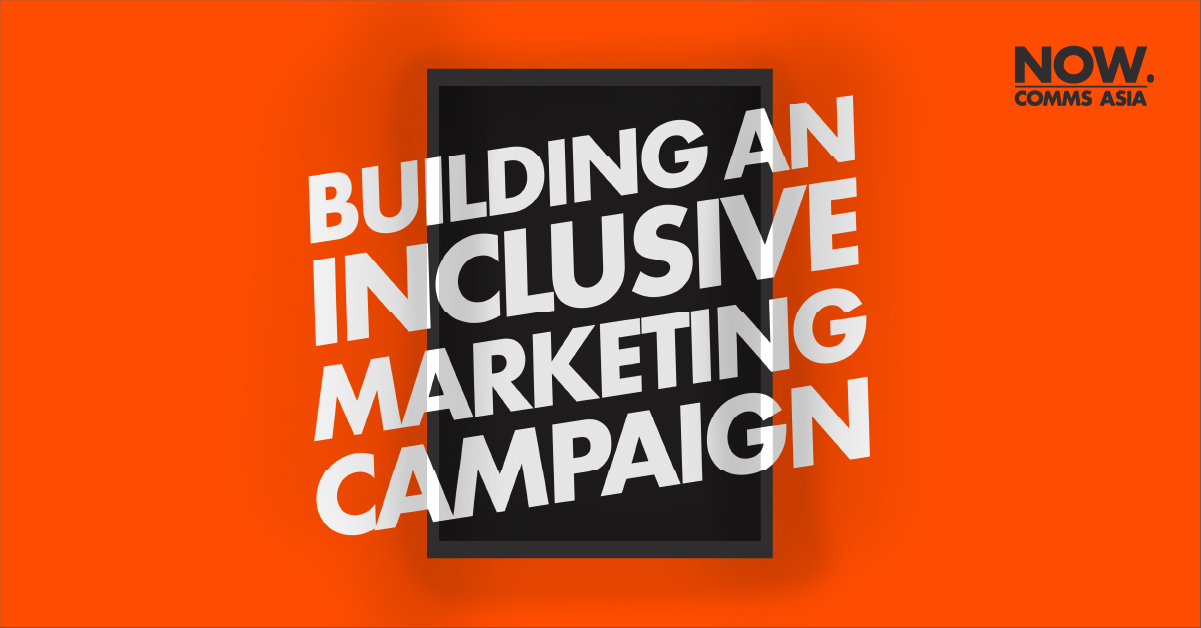How To Create An
Inclusive Marketing Strategy That Resonates With Customers

Have you thought about what your marketing strategy is really doing to resonate with the people you want to reach? There’s a growing sense that businesses and organizations need to do more to be inclusive, whether by increasing diversity among their employees or marketing to a broader range of consumers. However, it can be hard to know where to start when creating an inclusive marketing strategy.
Inclusive marketing refers to representing diversity and intersectionality in all forms—age, race, appearance, gender identity, and more.
The concept isn’t new to the world of marketing and advertising. People want to feel understood and seen, and brands that are able to successfully tap into this need for inclusion and belonging tend to be more effective in influencing consumer behaviour. According to inclusive marketing research done by Microsoft in 2020, 47% of consumers trusted brands that they felt represented them.
It is important to note that embracing an inclusive marketing strategy isn’t simply about featuring diversity—it is about genuinelymirroring your audience and relating to their needs on a personal level. The pace of the world is reshaping society, , and integrating inclusivity in your marketing and branding strategy is critical in showcasing your company’s ability to adapt to changing norms.
A 2022 Consumer Brand Expectations report found that 60% of consumers considered diversity and inclusion important. The message is loud and clear: adaptive inclusive marketing is the way forward for brands.
One of the biggest benefits of embracing inclusivity includes reaching out to a broader audience. Not only will you win the approval of your existing customer base, but you will also stand to gain new customers who are attracted to your business.
Establishing a wholly inclusive culture within your organisation can go a long way to increase your staff’s morale and your overall brand reputation. Beauty brand Fenty Beauty is an excellent example of this through their ‘radical’ approach to showcasing underrepresented women across various cultures and social backgrounds, they shifted the entire landscape of the beauty industry.
Do you really know who your audiences are?
A genuinely effective inclusive campaign begins with understanding who your customers are—beyond your assumptions. Immerse yourself in your customers’ lives the unique social, cultural, political and economic perspectives. What makes them unique? What do they need? What is meaningful for them?
Investing time to understand your target audience can help you establish the values that matter and adapt your message accordingly.
Diversity and inclusion are about real people and real situations. It is important for you to truly reflect this in your campaigns through the visuals and text references that you make. Featuring people who talk and look like them can establish links of belonging and recognition between your brands and customers.
Do your campaigns have their intended impact?
Remember, inclusive marketing isn’t about your brand—it’s about your audience. Make sure that your campaigns are being received the way you want them to. Check-in with your audiences to understand how you’re doing and what you can do better. Knowing that you’re committed to getting it right goes a long way with your customers.
Customer expectations are shifting, and embedding inclusivity and diversity as part of brand culture is quickly becoming a norm.
Brands that seek to create an inclusive marketing strategy that resonates with their customers should start by educating themselves and building authentic values that consumers can relate to.
Looking for a clear branding strategy that helps you rise above the crowd and drive more leads for your business? We can help. Reach out to us for a consultation today.